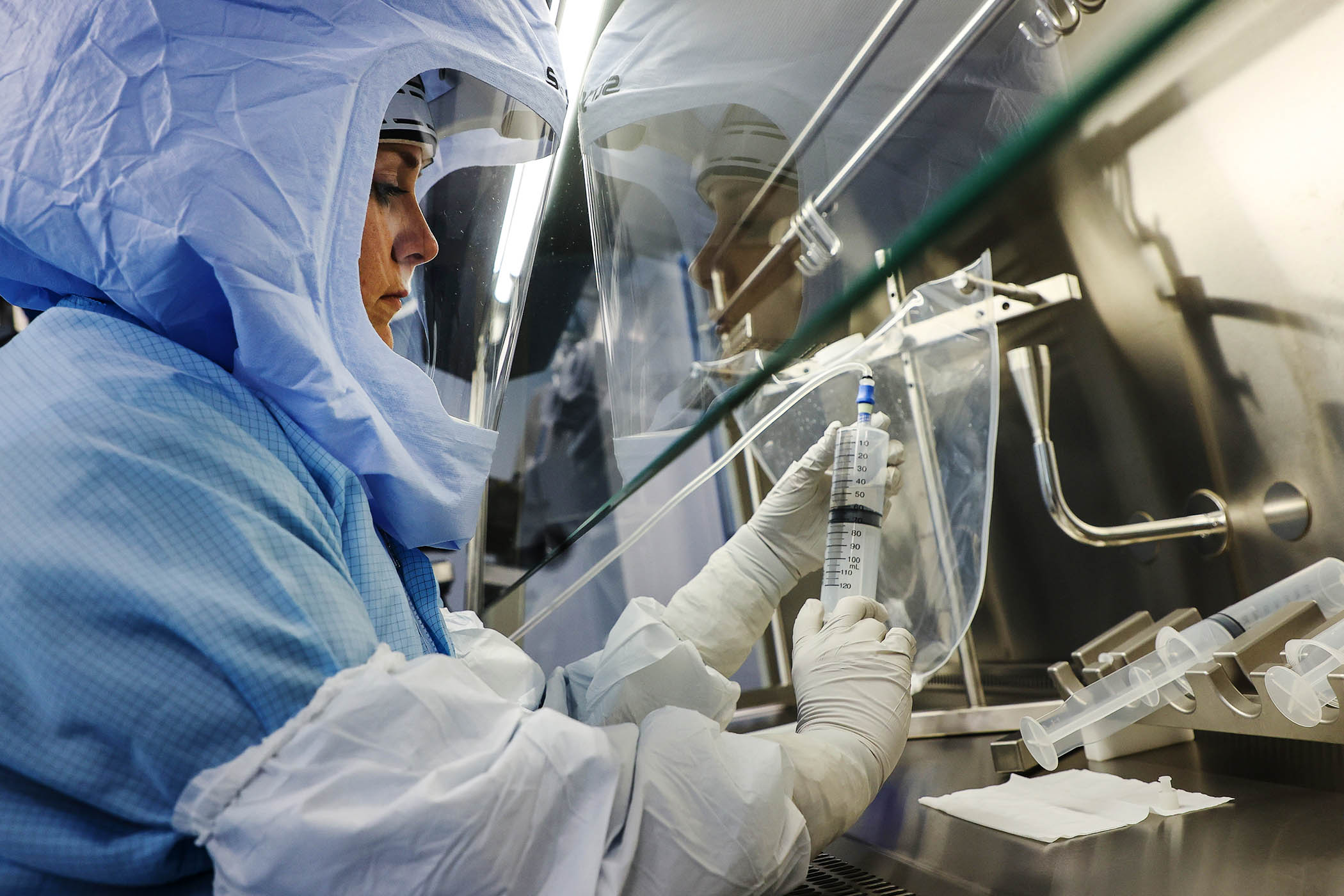The recent news of a gene therapy that appears to slow the devastating march of Huntington’s disease is, without question, a moment of profound hope. For the first time, a treatment has altered the course of this inherited neurodegenerative disorder, offering a glimpse of a future where such diseases might be managed, not just endured.
Though “breakthrough” is an overused word, this surely qualifies. It is a clean, powerful narrative of human ingenuity triumphing over affliction. Yet the very idea of a sudden breakthrough is a deeply problematic illusion, one that obscures a more crucial truth about how science works and, in doing so, endangers its future.
What looks like sudden progress in reality represents decades of painstaking work, failed experiments, and incremental advances that never made headlines. This is not a new problem. When the first Covid-19 vaccines were developed in record time, the speed of their creation became a source of public scepticism. The false idea that they were “rushed” and therefore unsafe took root, ignoring the fact that these vaccines were built on a foundation of more than 50 years of patient, often unglamorous, scientific research.
The mRNA technology at the heart of the Moderna vaccine was not invented in 2020. Its story began in the 1960s with the discovery of messenger ribonucleic acid itself. Key advances, such as the 2005 discovery that modifying mRNA could make it safer for therapeutic use, and the 2016 US National Institutes of Health’s collaboration with Moderna on a general-purpose mRNA vaccine platform, were the result of long-term investments. This pre-existing knowledge, funded by decades of public investment, is what allowed scientists to pivot so quickly when the novel coronavirus emerged. The Covid vaccine was not a miracle; it was the result of a marathon, not a sprint.
This pattern is the rule in science, not the exception. The discovery of insulin in 1921, which transformed type 1 diabetes from a death sentence into a manageable condition, was the culmination of a quest that began in the late 19th century with the identification of the pancreas’s role in the disease. Similarly, the introduction of robotic devices that have revolutionised modern surgery was built on decades of prior work: the first surgical robot was used in 1985, voice-controlled robotic arms were developed in the 1990s, and the entire field grew from military and space research concepts that began more than 60 years ago.
Research doesn’t always have an immediate, obvious application but provides the essential building blocks for future cures
Hundreds of millions of pounds have been invested in cancer research since the 1970s. Over the first 30 years, gains in survival were limited, with the exception of a few cancers, and questions started to be raised about whether the money had been well spent. Since the early 2000s, however, major advances have been seen in multiple cancers as a result of better early detection, modern therapies and improved care, founded on the painstaking basic research conducted over the previous decades.
Understanding this long-term reality is more critical now than ever, as the very engine of this progress is sustained public funding for scientific research, which is under unprecedented pressure on both sides of the Atlantic. In the UK, one in five universities is cutting back on research, and the US drugmaker Merck announced last month it was scrapping a £1bn London research centre – one of several pharma companies threatening to move their operations to the US. Adrian Smith, president of the Royal Society, of which I am a fellow, has rightly warned that the UK continues to “lag behind our competitors in the G7 on research and investment”.
In the US, which has long been the global leader in biomedical innovation, leading research agencies are facing deep cuts next year. The National Institutes of Health, the engine of American medical research, is earmarked for a 39% reduction in its budget, and the National Science Foundation with a 56% reduction.
When we celebrate a “breakthrough” such as the Huntington’s therapy, we are celebrating the final, visible step of a very long journey. That journey was made possible by decades of public investment in basic science, the kind of research that doesn’t always have an immediate, obvious application but provides the essential building blocks for future cures. By slashing funding, we are not just delaying the next discovery; we are running the risk that, for many diseases, the journey may never begin.
Science is a long game. The medical marvels that protect our health and extend our lives are the fruits of sustained, patient and often unheralded work. Defending science and the public funding that makes it possible is not a niche political issue; it is a battle for our collective future health and prosperity. The next breakthrough is being built today in a laboratory, funded by a grant that was approved years ago. We must ensure those laboratories stay open.
Professor Ara Darzi is director of the Institute of Global Health Innovation, Imperial College London
Photograph by Alex Kraus/Bloomberg via Getty Images
